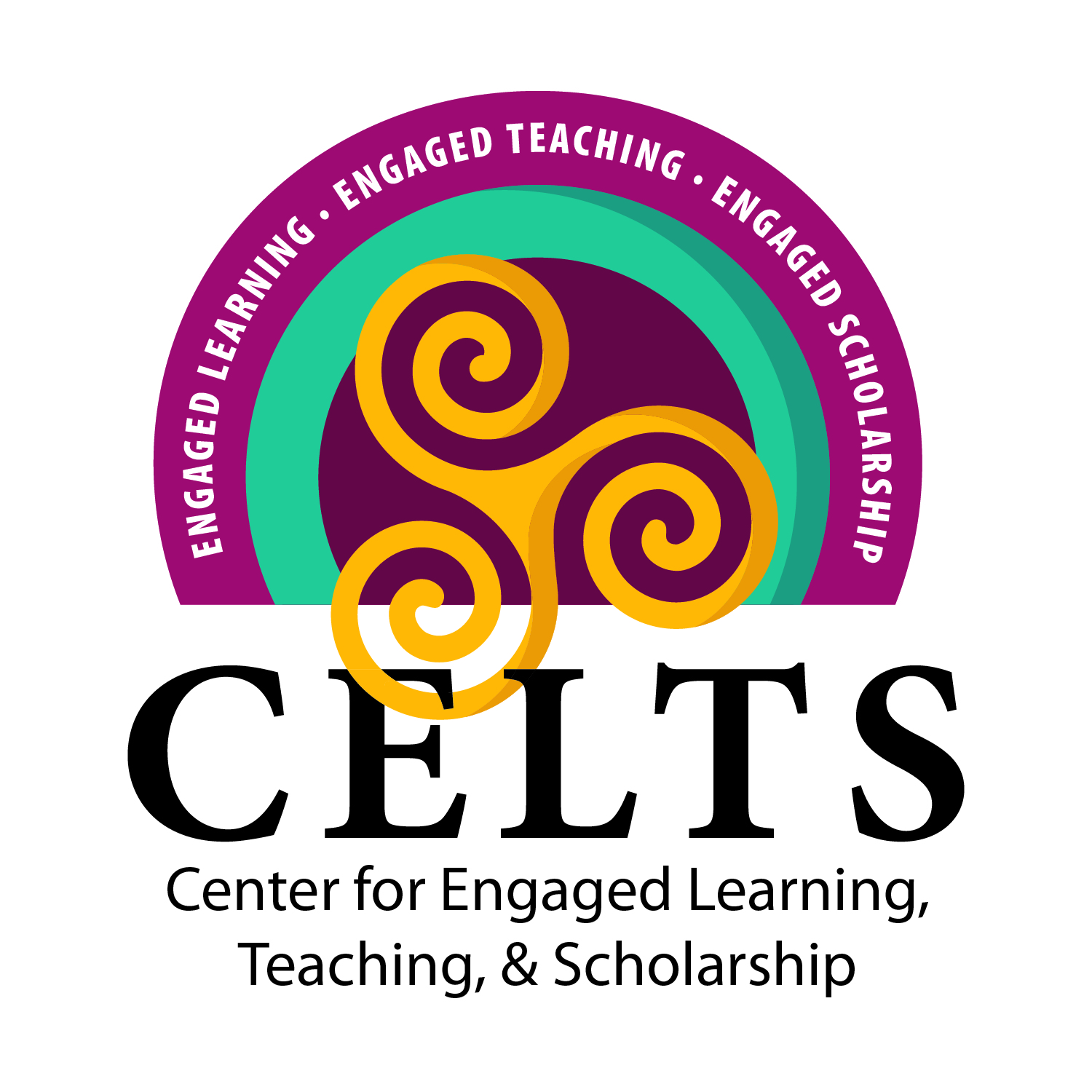Major
Biology
Anticipated Graduation Year
2021
Access Type
Open Access
Abstract
Anthropogenic litter (i.e., trash; AL) pollution is pervasive at a global scale and impacts environmental and public health. Freshwaters are polluted by AL, and are key vectors of AL from land to oceans, but are less well studied than marine ecosystems. In summer 2020, volunteers collected AL in the Chicago River at three habitats: seawall, bank, and floating wetlands. Volunteers recorded collected AL by material (e.g., plastic, styrofoam, metal, cloth) and source activity (e.g., smoking, food, medical/hygiene,), and effort (i.e., person-hours for each clean up). We found no difference among habitats, that plastic and styrofoam were most abundant AL type, and no clear pattern in abundance relative to rainfall.
Community Partners
Shedd Aquarium
Faculty Mentors & Instructors
Timothy Hoellein, Associate Professor, Department of Biology
Supported By
LUROP
Creative Commons License

This work is licensed under a Creative Commons Attribution-Noncommercial-No Derivative Works 3.0 License.
Citizen Science Datasets Reveal Anthropogenic Litter Distribution Among Chicago River Habitats
Anthropogenic litter (i.e., trash; AL) pollution is pervasive at a global scale and impacts environmental and public health. Freshwaters are polluted by AL, and are key vectors of AL from land to oceans, but are less well studied than marine ecosystems. In summer 2020, volunteers collected AL in the Chicago River at three habitats: seawall, bank, and floating wetlands. Volunteers recorded collected AL by material (e.g., plastic, styrofoam, metal, cloth) and source activity (e.g., smoking, food, medical/hygiene,), and effort (i.e., person-hours for each clean up). We found no difference among habitats, that plastic and styrofoam were most abundant AL type, and no clear pattern in abundance relative to rainfall.


